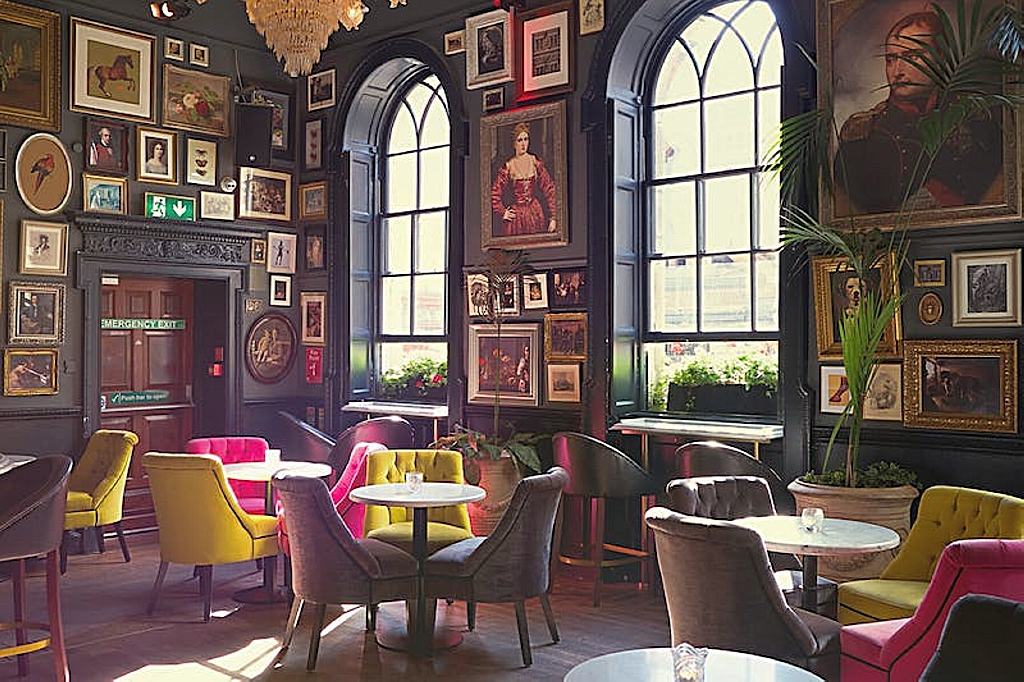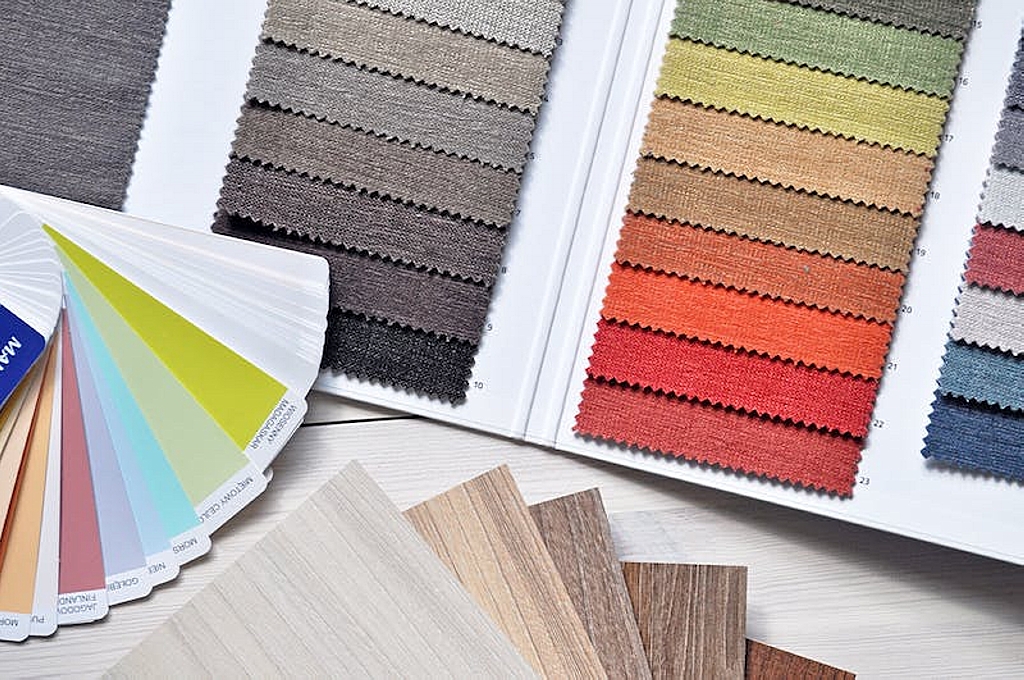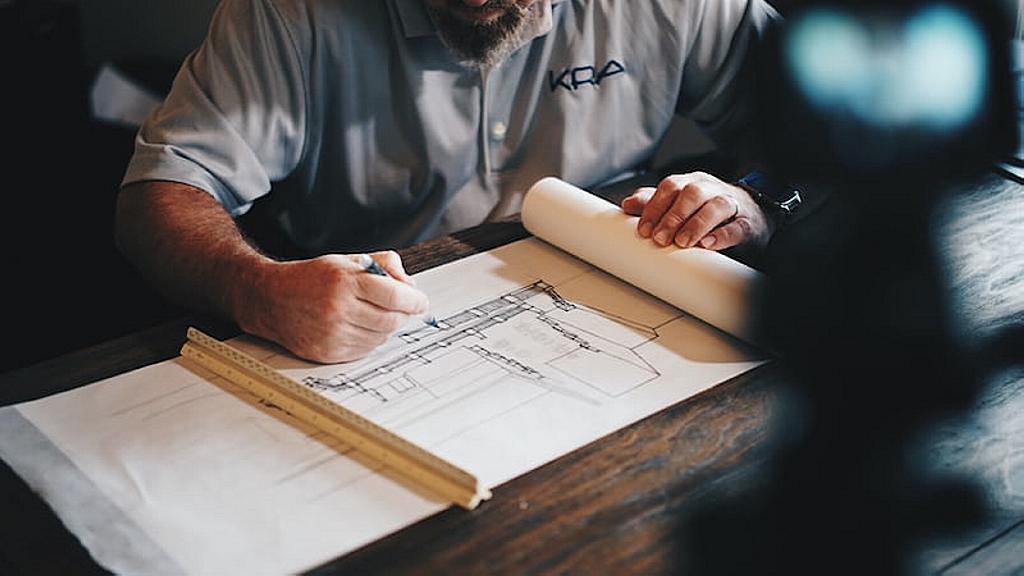Advanced Diploma in Interior Design
17/03/2023 2023-03-17 19:28Advanced Diploma in Interior Design
Interior design
Interior design is the art and science of creating functional and aesthetically pleasing spaces. It involves planning, designing, and decorating the inside of places like homes, offices, restaurants, hotels, and stores to improve the quality of life and increase productivity. An Advanced Diploma in Interior Design is a specialized program that teaches design principles and how to use them to make interior spaces valuable and beautiful. This program builds on interior design basics and gives you the advanced knowledge and skills you need to become a professional interior designer.
Interior designers use a range of design elements, including colour, texture, light, and space, to create a cohesive and harmonious environment that meets the needs and preferences of their clients. They also think about the space’s purpose, how people move through it, and how furniture, fixtures, and equipment fit together.
Interior design is not just about creating beautiful spaces. It also requires solving problems, keeping track of projects, and talking to clients, contractors, and other professionals involved in the design process. Interior designers must also know about building codes and rules, green design, and new technologies and materials.
Why Advanced Diploma in Interior Design

An advanced diploma in Interior Design can be a valuable qualification for individuals interested in pursuing a career in interior design. Here are some reasons why someone may choose to pursue this diploma:
- Career opportunities: Many professional prospects in interior design are open to those with an advanced diploma in the field. Graduates can create enterprises or work in interior design, architecture, or construction.
- Specialised knowledge: Students who complete this diploma will have technical interior design knowledge. Students are taught design fundamentals, space planning, materials, and lighting. Using this knowledge will enable you to design interior spaces that are both practical and beautiful.
- Professional development: Individuals can improve their professional abilities, such as project management, communication, and problem-solving, by pursuing an advanced diploma in interior design. These abilities are useful in all professions, not only interior design.
- Creative outlet: In the creative realm of interior design, people can express their imagination by creating visually beautiful and functional rooms. Individuals can develop their creative abilities and release their creativity by pursuing an advanced diploma in interior design.
Advanced Diploma in Interior Design
The JD Institute of Fashion Technology, located in Bangalore, Cochin, and Goa, offers a three-year Advanced Diploma in Interior Design program. The program’s practical and innovative way of teaching is based on a structure that helps students find and develop their creative identities as well as their areas of interest and expertise in the vast and always-changing field of interior design. The curriculum puts a lot of focus on the advanced use and development of these well-known methods. This is done to help students learn the field’s basics while expanding and pushing their creative skills.
The program supports a holistic education by encouraging the students to work on external projects and asking about applying their classroom learning in the real world, fostering collaboration, and developing a creative practice that supports an interdisciplinary approach.
As part of the Advanced Diploma in Interior Design, we look at the many factors from different fields that contribute to the design of a living environment. The curriculum encourages students to think creatively and understand the current state of the interior design business by looking at its historical, cultural, and social traits. This makes it possible for them to run a creative practice that places them inside the context of today while also providing functional, cutting-edge solutions that are timely and climate-responsive. The program examines interior design’s numerous and changing applications and the connections between utility, function, and beauty. The curriculum gives students the skills they need to meet the high standards of the interior design business. This is done through technical exploration, creative thinking development, and outdoor projects.
The curriculum covers various topics, including colour theory, materials, furniture design, space planning, lighting, building codes and regulations, sustainability, and project management. Students also learn how to use different design tools and software to make designs in both 2D and 3D.
During the program, students work on real-world design projects and can work with architects, contractors, and furniture manufacturers. This kind of hands-on learning helps students improve their creativity and ability to solve problems and work well with others.
After finishing the program, graduates can work for design firms, architectural firms, and furniture manufacturers or start their own design businesses.
Learning Outcome
The learning outcomes of an Advanced Diploma in Interior Design can vary depending on the program and school. Here are some typical learning results that students might anticipate, though:
- Develop proficiency in design software: Students will learn to generate precise design drawings, 3D models, and presentations using industry-standard design software like AutoCAD, SketchUp, and Adobe Creative Suite.
- Apply design principles: Design fundamentals such as balance, proportion, scale, and colour theory will become more apparent to the students. Students will learn how to put these ideas into practice to design interior spaces that are both visually beautiful and practical.

- Conduct research: Students will learn how to research to support their design choices. This includes investigating building codes, business trends, and materials.
- Create technical drawings: Technical drawings such as floor plans, elevations, and sections will be taught to the students. These drawings are necessary for sharing design concepts with customers, contractors, and other parties involved.
- Develop project management skills: The students will be taught project management abilities like time management, budgeting, and communication. These abilities are required for overseeing interior design projects from start to finish.
- Work with clients: Students will learn to communicate with clients to comprehend their wants, preferences, and financial situation. They will build communication skills to present design concepts and work with clients throughout the design process.
Advanced Diploma in Interior Design is meant to give students the technical, creative, and professional skills they need to be successful in the interior design industry.
Career:

The field of interior design is overgrowing in India, and there are many career opportunities available for individuals with an Advanced Diploma in Interior Design. Here are some career options that graduates can pursue:
- Interior Designer: Graduates can work as interior designers in architecture firms, design consultancies, or start their own businesses. As an interior designers, they will create functional and aesthetically pleasing interior spaces for residential, commercial, and industrial clients.
- Space Planner: Graduates can work as space planners, creating detailed floor and space utilization plans for commercial and residential spaces. They will collaborate with architects, interior designers, and clients to ensure the space is optimised for its intended use.
- Furniture Designer: Graduates can work as furniture designers, creating unique and functional furniture designs for residential and commercial spaces. They will work with clients to understand their needs and preferences and use their knowledge of materials and manufacturing techniques to create custom furniture pieces.
- Exhibition Designer: Graduates can work as exhibition designers, creating visually engaging and informative exhibits for museums, galleries, and trade shows. They will work with clients and curators to design presentations that showcase their products, services, or collections.
- Set Designer: Graduates can work as set designers, creating sets for film, television, theater, and events. They will collaborate with directors and producers to create sets that bring the script to life and make the desired atmosphere.
Overall, there are many different employment prospects in India for those with an advanced diploma in interior design. Graduates can use their talents to develop interior environments that are both practical and visually beautiful while working in a variety of industries, such as architecture, design, and entertainment.













